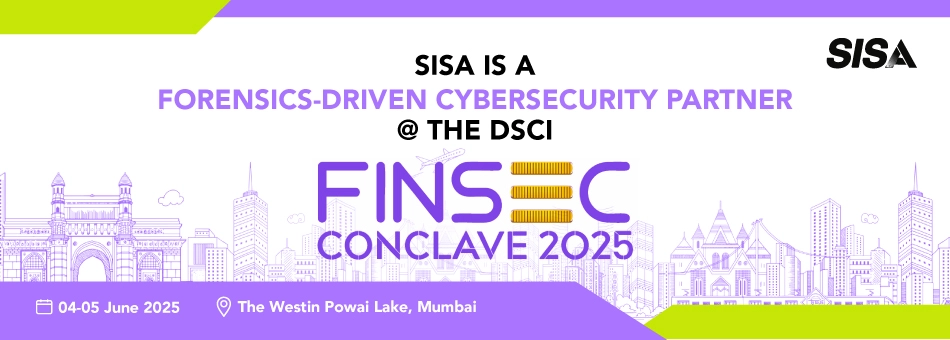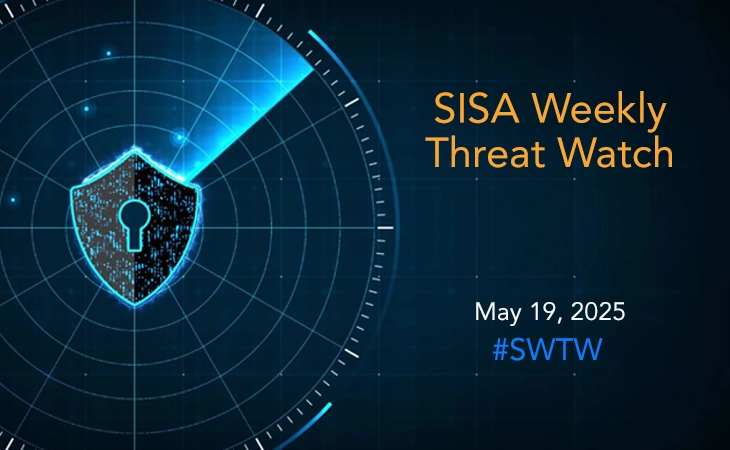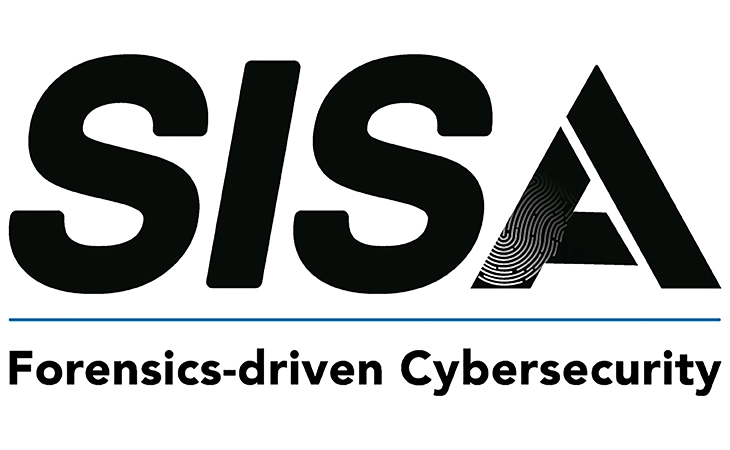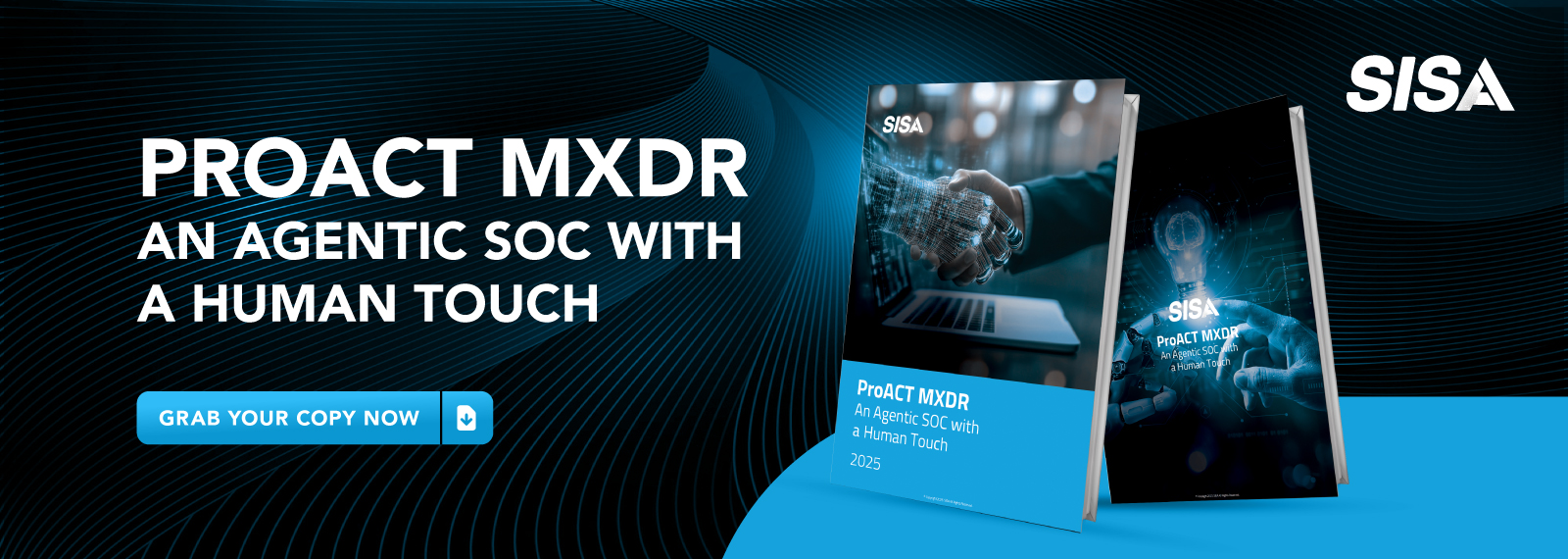
EU AI Act Ushers in New Era of AI Literacy Requirements
Artificial Intelligence (AI) has seen rapid advances in recent years, bringing both incredible opportunities and significant risks. Recognizing the growing impact of AI on society and business, the European Union introduced the EU AI Act, which officially came into force on August 1, 2024. One of its key provisions—AI literacy—will become mandatory from February 2, 2025, signaling a new era of responsibility and informed AI usage across all organizations operating in the EU.
Below, we’ll explore the fundamentals of the EU AI Act’s AI literacy requirements, what this means for your organization, and how you can start preparing now.
Understanding AI Literacy
Definition of AI Literacy
As per Article 3(56) of the EU AI Act, AI literacy is defined as:
“Skills, knowledge and understanding that allow providers, deployers and affected persons, taking into account their respective rights and obligations in the context of this Regulation, to make an informed deployment of AI systems, as well as to gain awareness about the opportunities and risks of AI and possible harm it can cause.”
In simpler terms, AI literacy equips individuals with the know-how to responsibly evaluate, deploy, and use AI technologies. It’s about understanding not just how AI works, but also the ethical, legal, and societal implications of AI-driven decisions.
Key Requirements Under the EU AI Act
Obligation for Organizations
Under Article 4, companies that use or provide AI systems must:
- Ensure AI Literacy: Take reasonable measures to guarantee a sufficient level of AI literacy among their staff and any other individuals who operate or use AI systems on their behalf.
- Assess Technical Background: Consider each individual’s technical knowledge, experience, education, and training.
- Contextual Awareness: Tailor the literacy efforts to the specific context in which the AI system is used, including the users’ background and the nature of the tasks performed.
Scope of Application
This requirement applies to all organizations that provide or deploy AI systems—regardless of the risk category of the AI system. Whether you’re a multinational tech firm rolling out a large-scale AI platform or a small startup using third-party AI tools, AI literacy is now a mandatory compliance element in the EU.
Why the EU AI Act Emphasizes AI Literacy
Addressing AI Risks and Ensuring Safety
As AI technologies become more widespread, questions about privacy, data protection, and the potential for bias have grown more urgent. The EU AI Act sets out to mitigate these risks and protect fundamental rights by ensuring organizations fully understand the AI they build and deploy.
Ensuring Responsible AI Usage
By incorporating AI literacy into the regulatory framework, the EU aims to:
- Minimize Risks: Reduce potential harm by ensuring AI systems are responsibly deployed.
- Encourage Critical Evaluation: Equip teams to critically assess AI outputs and performance.
- Promote Ethical AI: Foster an environment where AI technologies are developed and used with integrity.
Promoting Trust and Responsible Development
In building a more AI-literate workforce, the Act seeks to instill confidence in AI-driven processes among citizens and businesses, paving the way for trustworthy and innovative AI solutions.
Components of an Effective AI Literacy Program
When rolling out AI literacy initiatives, organizations should focus on four critical areas:
- Technical Skills: Understanding how AI systems work, including their capabilities and inherent limitations.
- Risk Awareness: Recognizing the potential vulnerabilities, biases, and ethical risks associated with AI.
- Regulatory Knowledge: Being versed in the legal and ethical guidelines governing AI.
- Practical Application: Gaining hands-on experience in using AI tools responsibly and effectively.
Timeline and Enforcement
- August 1, 2024: The EU AI Act came into force.
- February 2, 2025: AI literacy requirements (Article 4) become applicable.
- August 2, 2025: Penalties for non-compliance will be enforceable, with initial enforcement likely through private litigation until national authorities are fully empowered.
Important Note on Penalties
While there are no direct fines for failing to comply with Article 4 (which covers AI literacy), non-compliance can exacerbate penalties for other EU AI Act violations. If a lack of AI literacy contributes to non-compliance in other areas, regulators may take this into account and levy more severe sanctions.
Planning for Compliance
Providers and Deployers
The onus lies primarily on AI providers and deployers to ensure:
- Their staff possess sufficient AI knowledge.
- External operators or contractors who work with AI on their behalf are adequately trained.
Affected Employees
AI literacy efforts should include:
- Technical Teams: Deep understanding of AI development, data handling, and model risks.
- End-Users: Basic awareness of AI tools to use them responsibly and interpret outputs correctly.
- Managers & Leaders: Strategic knowledge of AI’s capabilities, limitations, and ethical concerns for informed decision-making.
Tailored Approaches
Because roles vary, AI literacy programs should be role-specific. For instance:
- Non-Technical Employees: Focus on foundational AI concepts and practical applications.
- Technical Staff: Dive deeper into algorithmic design, data science, and advanced AI topics.
- Leadership: Emphasize strategic, ethical, and governance aspects of AI.
How SISA’s CSPAI Program Boosts AI Literacy
For organizations seeking a structured path to AI literacy, SISA’s Certified Security Professional for Artificial Intelligence (CSPAI) offers a comprehensive solution:
- Comprehensive AI Security Training
- Privacy & Defense: Learn to secure data privacy and prevent adversarial attacks.
- Practical Security Skills: Gain insights into robust and sustainable AI implementations.
- Alignment with Industry Standards
- ISO & NIST Frameworks: CSPAI utilizes recognized AI risk management and security guidelines.
- Continuous Conformance: Keeps professionals up-to-date with evolving AI laws and standards for trustworthy AI.
- Real-World Application
- Hands-On Curriculum: Focuses on practical exercises, coding, and project-based learning.
- Generative AI & LLMs: Equips learners with best practices for adopting powerful AI models responsibly.
- Regulatory Compliance
- Covering Key Regulations: Ensures participants understand GDPR, the EU AI Act, and other legal mandates.
- Ethical Considerations: Emphasizes the moral implications of AI to promote responsible development and use.
- Risk Management Expertise
- Risk Assessment: Teaches how to identify and mitigate AI-related risks.
- Enhanced Security Posture: Strengthens overall data protection and fosters greater trust among stakeholders.
- Accredited and Recognized
- ANAB-Accredited: CSPAI is the world’s first ANAB-accredited certification program on AI security.
- Professional Validation: Earning CSPAI certification offers both credibility and a standardized approach to AI security education.
Embrace AI Literacy Now for a Stronger Future
With AI set to shape countless aspects of our personal and professional lives, AI literacy is no longer optional—it’s a regulatory requirement and a key business imperative. By prioritizing AI education within your organization, you’ll not only comply with EU regulations but also build a culture of responsible innovation that can drive long-term success.
Take the Next Step
- Assess Your Current Literacy Levels: Identify gaps in understanding and operational knowledge.
- Develop a Role-Specific Training Plan: Tailor AI literacy programs to different teams and job functions.
- Leverage Expert Guidance: Consider enrolling your security teams in specialized programs like SISA’s CSPAI to align with both current regulations and emerging standards.
By planning proactively and investing in robust AI training, your organization can confidently navigate the rapidly evolving AI landscape, minimize risks, and harness the full potential of AI—responsibly and securely.
Latest
Blogs
Whitepapers
Monthly Threat Brief
Customer Success Stories
 USA
USA India
India APAC
APAC Middle East
Middle East Global
Global






 Facebook
Facebook Linkedin
Linkedin  X
X Youtube
Youtube







